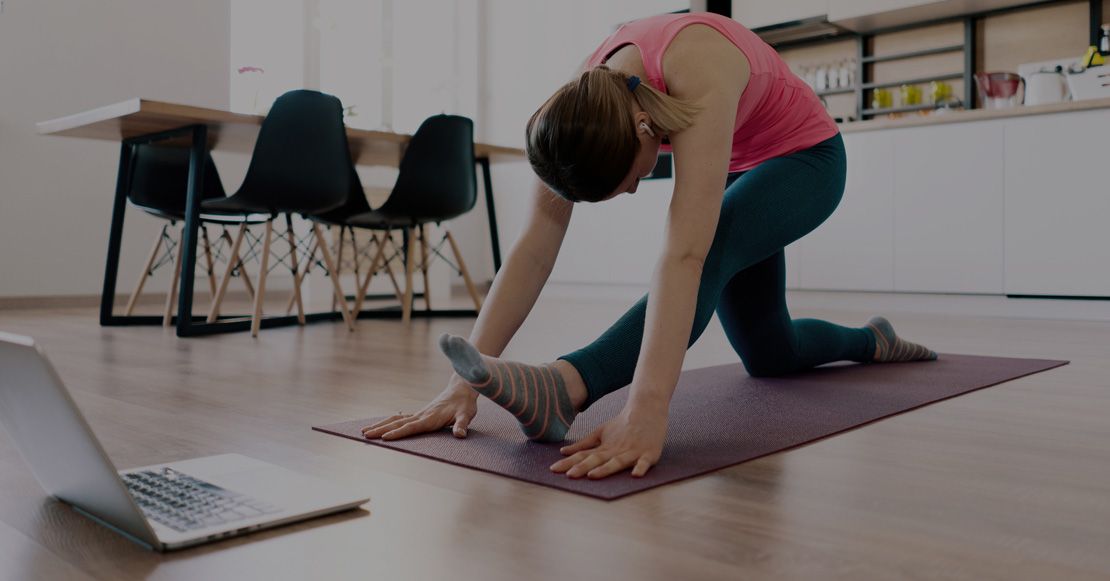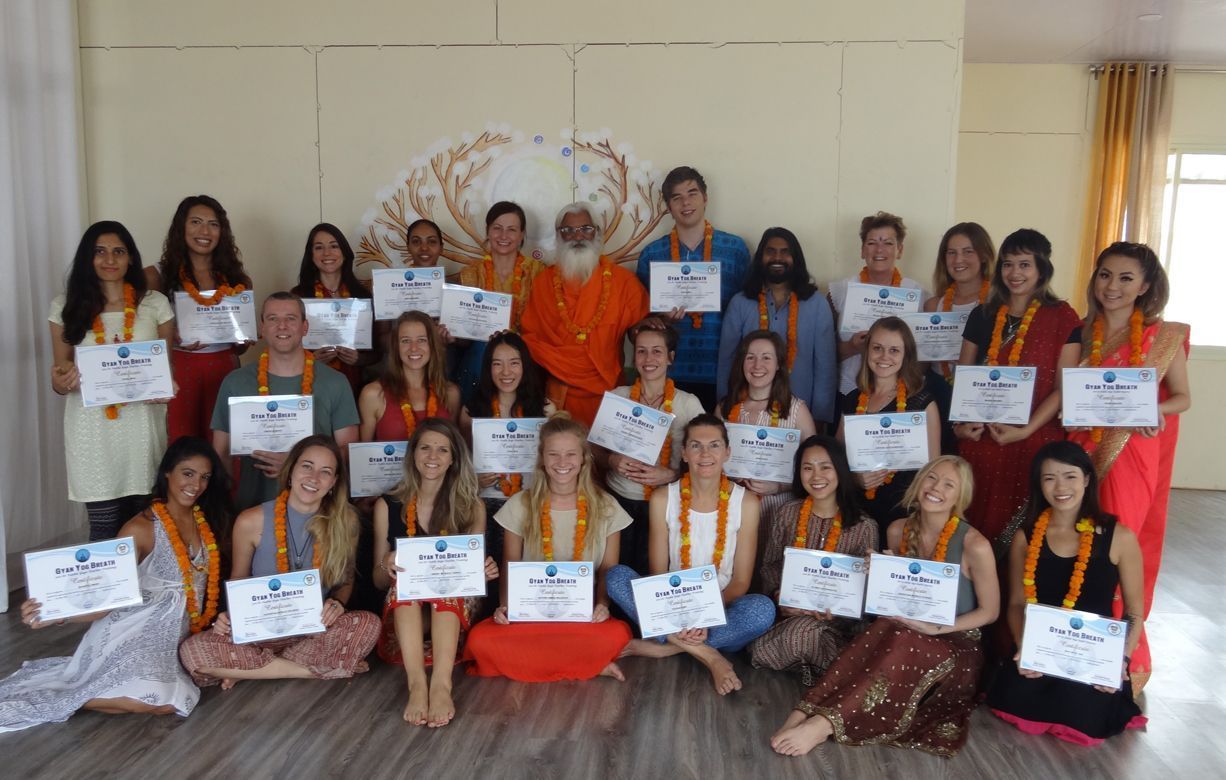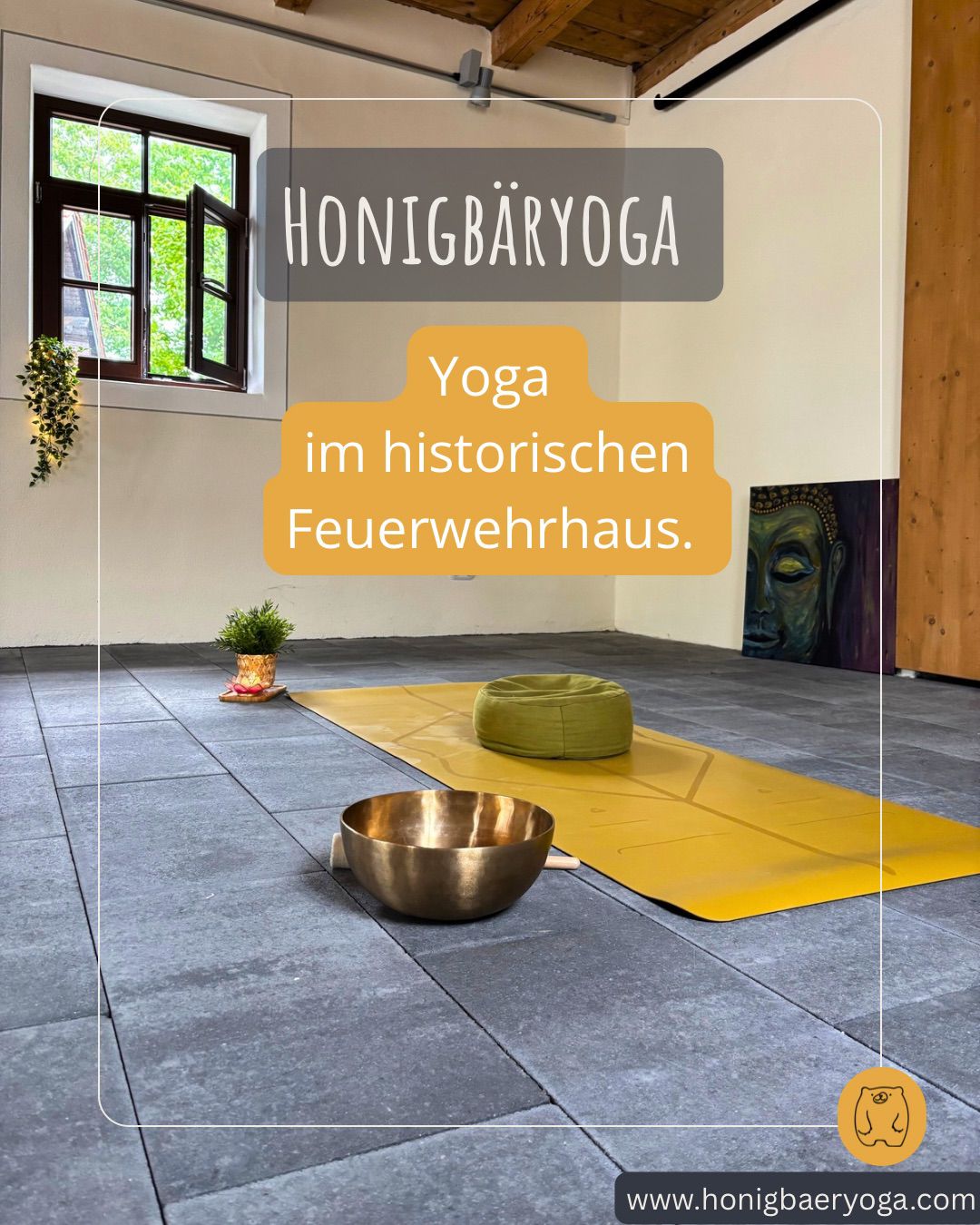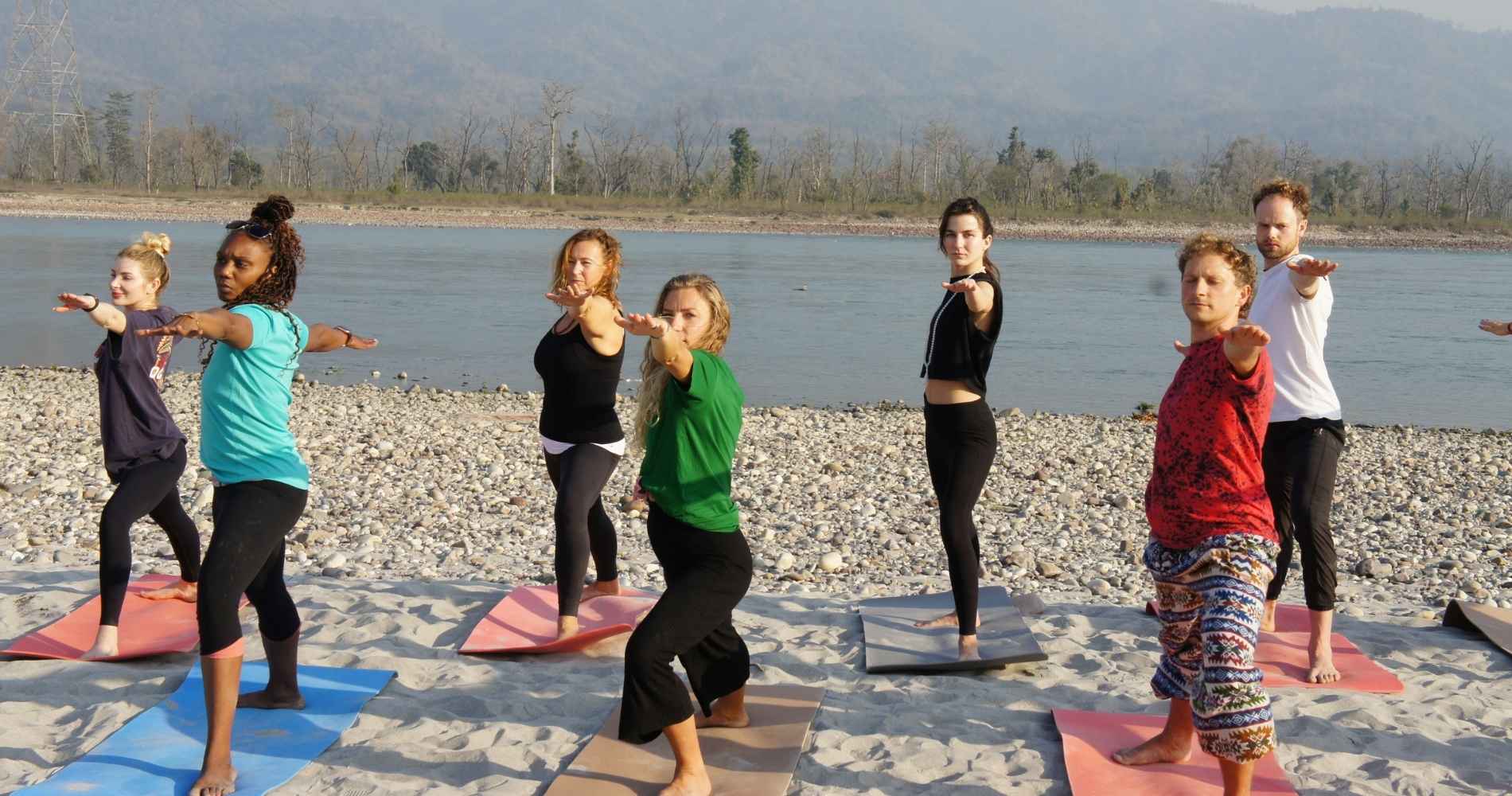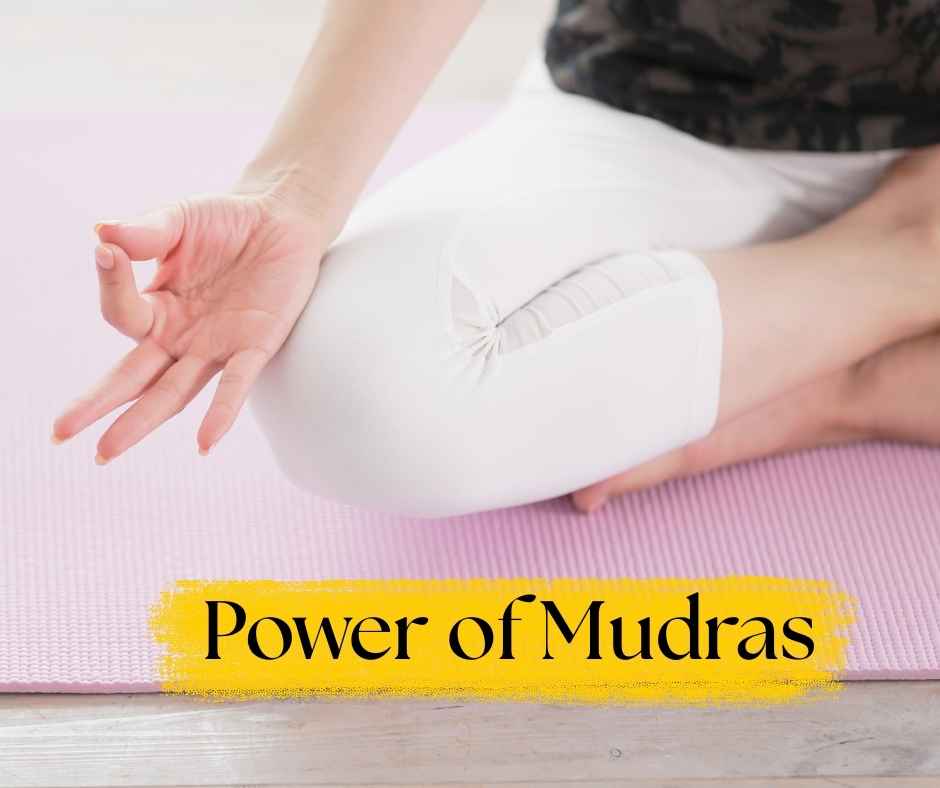5 Key Secrets to Keep in Mind When You Sequence Your Yoga Class
Have you recently started teaching yoga? It’s always great to do some research and expand your abilities and knowledge. A good yoga teacher is a forever student of yoga and life and continues to grow, learn and evolve. Changing perspectives and seeing things through student’s eyes encourages surrender and trust. Kicking off the teaching journey after a yoga teacher training can feel overwhelming. The best way to grow your community and audience is to dive right into it and teach as many classes as possible. This will not only give you confidence but also the necessary experience to teach with more authority and calmness. Create diverse classes, prepare and teach different sequences!
Ricard Rosen mentions that in general yoga class sequences open with simple warm-ups that set a theme for the practice, intensify to more challenging postures, slow down to cooling postures and end with relaxation. Below are 5 secret tips with you that will help you to sequence better and more conscious yoga classes:
1. Check-in with your audience
When you design your class, make sure to check in with your students. Are you preparing a beginner class or a special audience class e.g. for kids or the elderly? Setting specific target audiences allows you to really work with your students and care for them according to their level. Imagine you teach a class with lots of very advanced yogis AND 2-3 beginners. It will be difficult to manage and satisfy all of them. So your best bet is to set some guidelines before you advertise for a class so that you can prepare accordingly and have your students leaving your class happy afterward. Marita’s one rule for sequencing a yoga class is to write an accessible sequence that allows you to add extra options for the students who may want more of a challenge.
2. Prepare for modifications and variations
Sequencing your class means that you have an approximate plan of what you want to teach and how long. Of course, we cannot always stick to it as we need to be spontaneous as well and adjust to any situation. When you plan your class, you should write out a few modifications of each posture in case your students can’t follow or need some more diversity. There are lots of variations available to add a little fun. For example: when you teach cat and cow pose, flow into tiger pose after and hold the pose.
3. Add a few extras
As a new yoga teacher, you may feel nervous sometimes standing in front of a big group (or even a small one). That’s totally fine! While some of us can easily overplay this and act totally normal, others speak very fast and rush through their sequence. Best is to always add a few extra postures to your list so that in case you have too much time- you don’t panic, and can just throw in a few more postures.
4. Add breaks
After yoga teacher training, we are very fit and strong. We have lots of good energy and our bodies gained lots of flexibility. When you prepare your class, keep in mind that not everyone is in a good condition as you are. Many students work really exhausting office jobs and come to relax and release tension. It’s needed to give your students some breaks and time to re-connect to their breath. Try adding a few child postures or the fish flapping pose throughout the class.
5. Give your students the relaxation they need
The final relaxation part of your class is as important as the rest of it. Give your students the time to relax deeply each and every part of their body. Having these final 10-15 minutes of calmness and complete stillness is very important to feel their own energy, bliss, and inner connection. Never rush through Shavasana. Guide them gently into it and out of it.
6. Use Calm Yet Clear Voice
The voice is a very important aspect of teaching a yoga class. When you begin your class and welcome each student, make sure you speak friendly and with love. As you continue to teach your class your voice should be clear and strong so that everyone can understand you and follow the instructions. Towards the end of the class as you teach the cool down and final relaxation, lower your voice, speak calmly and softly again to create space and open hearts.
7. Make Sure to Include Props
The use of props is another key element in the professional teachings of yoga. Including bolsters, pillows, walls, straps and blocks does not only give you more diversity to teach but also offers great modifications for your students that are suitable for all levels. Encourage your students to use props and demonstrate how to use them. You should understand that these little helpers really increase the benefits of yoga and tailor it for your students individually.

